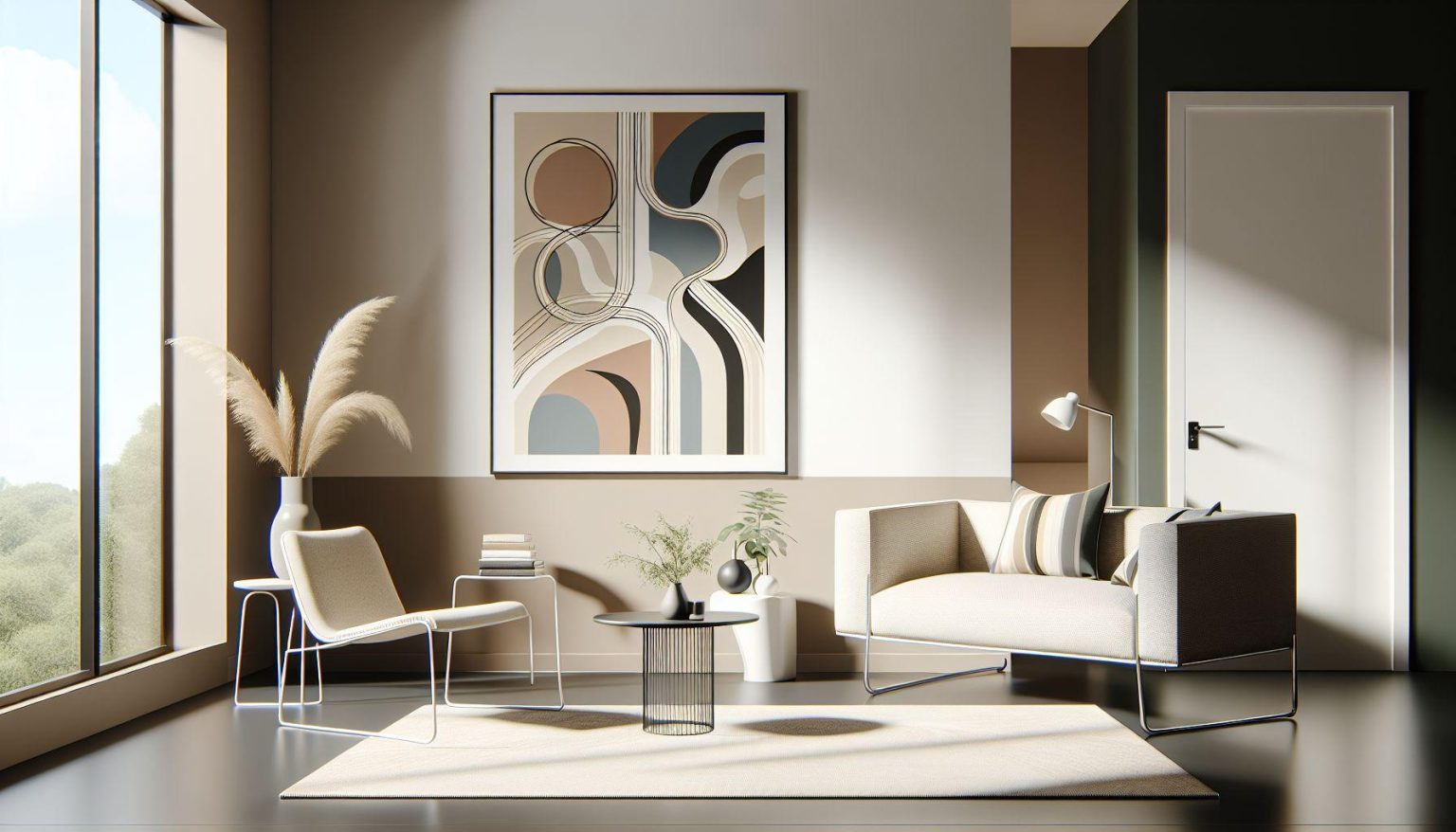Fashion serves as a potent form of self-expression, influencing not only our clothing choices but also the decoration of our personal spaces. Posters have become a significant element in fashion-centric interior design, enabling individuals to display their unique style and create an ambiance that mirrors their personality.
Posters act as a foundational component in a fashion enthusiast’s area, establishing the tone and mood of the room. They can emphasize specific periods, designers, or fashion movements that align with the individual’s preferences. For example, a vintage Chanel poster might be an ideal addition to a room themed around classic elegance, while a bold, graphic print from a modern designer could dominate a contemporary, edgy setting.
The choice of fashion-themed posters is not only about visual appeal; it also carries historical importance. Many iconic fashion posters have turned into collectibles, marking significant moments in the history of the industry. From the art deco illustrations of the 1920s to the minimalist designs of the 1990s, these posters provide insights into the evolution of fashion and its influence on popular culture.
When incorporating posters into a fashion-centric interior design, it is crucial to consider the overall style of the space. A minimalist room might benefit from a single, large statement poster, while a more eclectic area could feature a gallery wall with a variety of prints, photographs, and illustrations. The goal is to achieve a cohesive look that enhances the existing decor and reflects the individual’s personal style.
Choosing the right art for your style
Selecting art that resonates with your fashion sense is vital in creating a personalized and stylish living space. The art you select should not only match your fashion taste but also enhance the overall aesthetics of your home.
When exploring various art genres, think about how each piece relates to your fashion preferences. If you prefer classic, timeless styles, traditional art forms like oil paintings or black and white photography might appeal to you. Conversely, if you lean towards avant-garde fashion, you may favor abstract or contemporary art that challenges traditional boundaries.
Consider the color palette of your art choices and how they will interact with your existing decor and wardrobe. If your personal style includes many neutral tones, art with muted colors or monochromatic schemes might be suitable. If you prefer bold, vibrant fashion, choose art pieces with bright, striking colors.
Frame selection and placement strategies
After selecting the ideal art pieces for your fashion-centric interior design, consider the framing and placement of each item.
The frame should complement both the artwork’s style and the room’s overall aesthetic. For instance, a sleek, minimalist frame might suit a contemporary art piece in a modern setting, while an ornate, gilded frame could enhance a classical portrait in a traditional environment.
Frame materials vary from classic wood to modern metal finishes, and the frame’s color is also crucial as it can either complement or contrast with the artwork and surrounding decor.
Placement is key in displaying your art collection effectively. Consider the artwork’s size relative to the wall space and surrounding furniture. A large statement piece might work well as a focal point on a prominent wall, whereas smaller works could be grouped for a gallery effect. Experimenting with different heights and arrangements can add visual interest to your space, highlighting your favorite fashion pieces.
